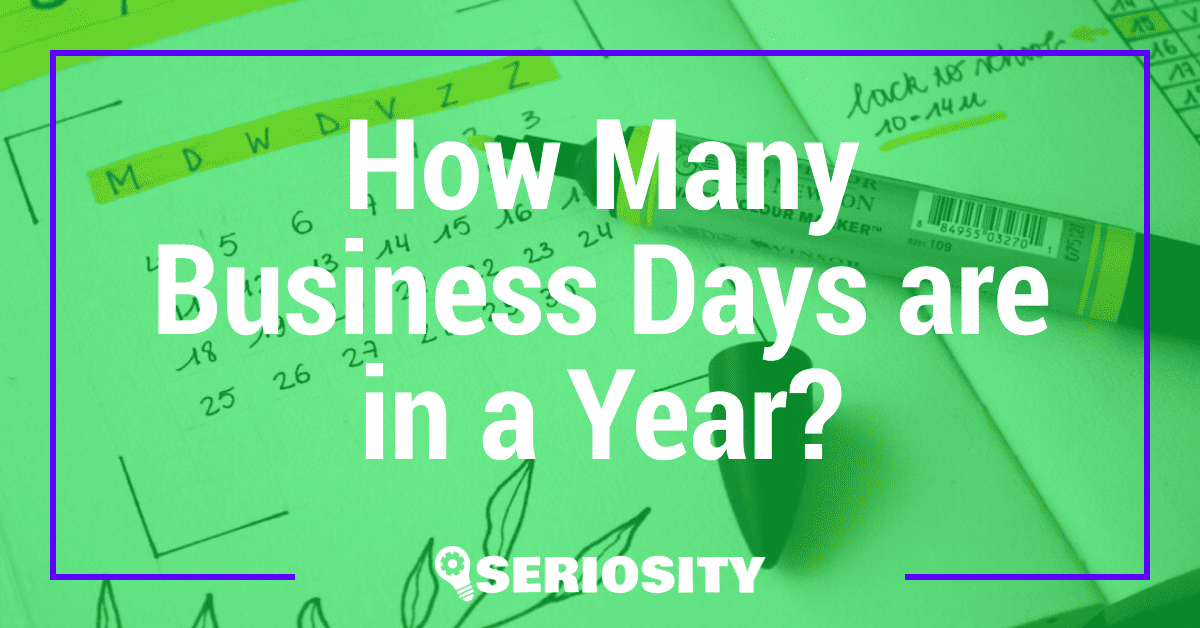Ever wondered how companies seamlessly manage their marketing efforts across various channels? That’s where a martech stack comes into play. A martech stack is a collection of marketing technologies that businesses use to streamline, automate, and measure their marketing tasks. It’s like having a digital toolbox filled with tools designed to make your marketing more efficient and effective.

You don’t need to be a tech wizard to understand the importance of a well-built martech stack. Whether you’re running a small startup or a large enterprise, the right combination of tools can help you reach your audience more effectively and drive better results. So, let’s dive into what makes up a martech stack and why it’s essential for modern marketing success.
Key Takeaways
- Definition and Components: A martech stack is a suite of integrated marketing technologies designed to streamline, automate, and measure marketing tasks, including CRM, marketing automation, analytics, CMS, and social media management tools.
- Importance in Modern Marketing: Utilizing a martech stack enhances customer experiences, streamlines marketing operations, and integrates various marketing tools to boost overall efficiency and ROI.
- Building an Effective Stack: Successful martech stack building involves assessing specific marketing needs, choosing the right tools based on features and scalability, and ensuring seamless integration and management of the tools.
- Examples of Successful Implementations: Both small businesses and enterprises can benefit from martech stacks. Examples include a local coffee shop using Mailchimp and Hootsuite, and national retail chains employing tools like Oracle Eloqua and Microsoft Dynamics to manage their marketing efforts efficiently.
Understanding the Martech Stack
As an entrepreneur, you’ve likely encountered complex marketing challenges. A martech stack helps simplify and optimize these tasks by using an integrated set of tools.
Defining Martech Stack
A martech stack is a suite of marketing technologies designed to improve business efficiency. It combines software and platforms for email marketing, social media management, customer relationship management (CRM), analytics, and more. Each tool in the stack collaborates seamlessly to enhance your marketing efforts. For instance, an email marketing tool like Mailchimp can integrate with your CRM tool to personalize campaigns based on customer data.
Key Components of a Martech Stack
Customer Relationship Management (CRM)
A CRM tool manages interactions with current and potential customers. It stores customer information, tracks interactions, and automates follow-ups. Examples include Salesforce and HubSpot. These tools help you understand customer needs and personalize communication.
Marketing Automation
Marketing automation tools streamline repetitive tasks. They schedule social media posts, send automated emails, and track marketing campaign performance. Marketo and ActiveCampaign are popular choices. Automating these tasks saves you time and ensures consistent communication with your audience.
Analytics and Data Management
Analytics tools provide insights into customer behavior and campaign performance. Google Analytics and Tableau are common examples. These tools track metrics like website traffic and conversion rates, helping you make data-driven decisions.
Content Management System (CMS)
A CMS like WordPress or Joomla manages digital content creation and modification without needing extensive technical knowledge. It enables you to publish, edit, and organize content efficiently.
Social Media Management
Social media management tools help plan, schedule, and analyze social media activity. Hootsuite and Buffer allow you to manage multiple social media accounts from one platform. These tools optimize your social media strategy by displaying engagement metrics and popular content.
By understanding and implementing a martech stack, you simplify complex marketing tasks and enhance overall business efficiency.
Importance of a Martech Stack in Modern Marketing
In modern marketing, harnessing a martech stack can revolutionize your business. A well-integrated martech stack enhances various aspects of your entrepreneurial journey.
Enhancing Customer Experience
Delivering exceptional customer experiences becomes easier with a martech stack. You can personalize interactions based on data-driven insights. For instance, CRM tools like Salesforce track customer behaviors, enabling tailored marketing campaigns. Marketing automation tools like HubSpot automate follow-ups, ensuring that your customers feel valued and heard.
Streamlining Marketing Operations
Efficiency is key in any business. A martech stack streamlines operations, reducing manual tasks. Marketing automation handles repetitive tasks, freeing up your time. Analytics tools like Google Analytics offer real-time data, letting you quickly adjust strategies. The streamlined processes improve productivity and lead to scalable business growth.
Integrating Multiple Marketing Technologies
Combining multiple marketing technologies into one cohesive system enhances performance. Tools such as CMS, Email Marketing, and Social Media Management work together seamlessly. For example, integrating Mailchimp for email campaigns with Hootsuite for social media scheduling ensures consistent messaging. This integration maximizes your marketing efforts and ROI, making it indispensable for your business success.
Building an Effective Martech Stack
Building an effective martech stack is crucial for optimizing your business’s marketing efforts. Here’s how you can go about it.
Assessing Your Marketing Needs
Start by identifying your business’s specific marketing goals. Pinpoint the areas where you need the most support. Determine if you need tools for customer relationship management (CRM), analytics, content creation, or social media management. Evaluate your current marketing processes to find gaps where a martech stack can bring improvements. This step helps in prioritizing tools that align with your objectives.
Choosing the Right Tools
After assessing your needs, move on to selecting the right tools. Research various options available in the market. Consider their features, pricing, and scalability. Look for integrations with other tools you already use. For instance, if your business relies heavily on email marketing, ensure the tool integrates seamlessly with your CRM. User reviews and expert opinions can provide valuable insights into the effectiveness of each tool.
Integrating and Managing Your Martech Stack
Once you’ve selected your tools, focus on their integration. Create a plan that outlines how each tool will work together. Set up workflows that automate tasks across different platforms. Ensure data flows smoothly from one tool to another without any manual intervention. Regularly monitor the performance of your martech stack to make adjustments as needed. Training your team on using these tools efficiently is equally important for maximizing the stack’s benefits.
By assessing your marketing needs, choosing the right tools, and integrating them effectively, you can build a martech stack that streamlines your marketing efforts and enhances your business’s performance.
Examples of Successful Martech Stacks
Exploring successful martech stacks can help you understand how different businesses enhance their marketing strategies. Here are examples from both small businesses and enterprise-level organizations that have mastered their martech tools.
Small Business Examples
Local Coffee Shop:
A local coffee shop uses a simple yet effective martech stack. They employ email marketing software like Mailchimp to send regular newsletters and promotions. Their CRM system, HubSpot, helps manage customer relationships and track loyalty points. Additionally, they use social media management tools such as Hootsuite to schedule and analyze posts, ensuring they engage with their community effectively.
E-commerce Startup:
An e-commerce startup integrates tools like Shopify for their online store and Klaviyo for email marketing automation. For analytics, they use Google Analytics to track website traffic and user behavior. Their CRM, Zoho, keeps customer data organized and accessible. This streamlined martech stack helps them drive sales and maintain customer relationships.
Enterprise-Level Examples
Global Software Company:
A global software company leverages a comprehensive martech stack including Salesforce for CRM, Marketo for marketing automation, Google Analytics 360 for deep analytics, and Adobe Experience Manager for content management. They also use Tableau for data visualization, which helps them make data-driven decisions across their marketing campaigns.
National Retail Chain:
A national retail chain employs a robust martech stack to manage vast amounts of customer data and marketing efforts. They use Oracle Eloqua for marketing automation, Microsoft Dynamics for CRM, and Sprout Social for social media management. For advanced analytics, they rely on Adobe Analytics. These tools work together to provide a seamless customer experience and efficient marketing strategy.
Understanding these examples can inspire you to build your own effective martech stack, whether you’re operating a small business or a large enterprise.
Conclusion
Building a martech stack tailored to your business needs can transform your marketing efforts. By carefully selecting and integrating the right tools, you’ll streamline your processes, enhance customer interactions, and make data-driven decisions. Whether you’re a small business or a large enterprise, a well-constructed martech stack can drive growth and efficiency. So take the time to assess your needs, explore your options, and create a martech stack that sets you up for success. Happy marketing!
Frequently Asked Questions
What is a martech stack?
A martech stack is a collection of marketing technologies used to streamline and measure marketing tasks effectively. It typically includes tools for CRM, marketing automation, analytics, CMS, and social media management.
Why is a martech stack important for businesses?
A martech stack simplifies complex marketing challenges by integrating various tools that enhance marketing efforts. It helps manage customer interactions, automate tasks, analyze data, create content, and optimize social media strategies, ultimately improving business efficiency.
How does a martech stack improve marketing efforts?
A martech stack integrates different tools that work together seamlessly to manage and optimize various marketing functions. This integration helps in automating repetitive tasks, analyzing data for better decision-making, and personalizing customer interactions.
What are the essential components of a martech stack?
The essential components of a martech stack include CRM systems, marketing automation tools, analytics platforms, content management systems (CMS), and social media management tools.
How can I build an effective martech stack?
To build an effective martech stack, start by assessing your marketing needs. Choose tools based on their features, pricing, and scalability. Ensure seamless integration and efficient management of the chosen tools.
What should I consider when choosing martech tools?
When choosing martech tools, consider their features, pricing, scalability, and integration capabilities. Evaluate how well they address your specific marketing needs and their ease of use.
Can small businesses benefit from a martech stack?
Yes, small businesses can greatly benefit from a martech stack by using it to enhance their marketing strategies, manage customer relationships, drive sales, and make data-driven decisions.
Are there examples of successful martech stacks?
Yes, the article provides examples of successful martech stacks from small businesses like a local coffee shop and an e-commerce startup, as well as enterprise-level organizations like a global software company and a national retail chain.
What are the steps to integrate and manage a martech stack?
To integrate and manage a martech stack, ensure that all chosen tools work seamlessly together. Regularly update and maintain the tools, and provide training to your team to maximize the benefits of the stack.
How do martech stacks help in making data-driven decisions?
Martech stacks include analytics tools that collect and analyze data from various marketing activities. This data provides insights that help businesses make informed, data-driven decisions to optimize their marketing strategies.














